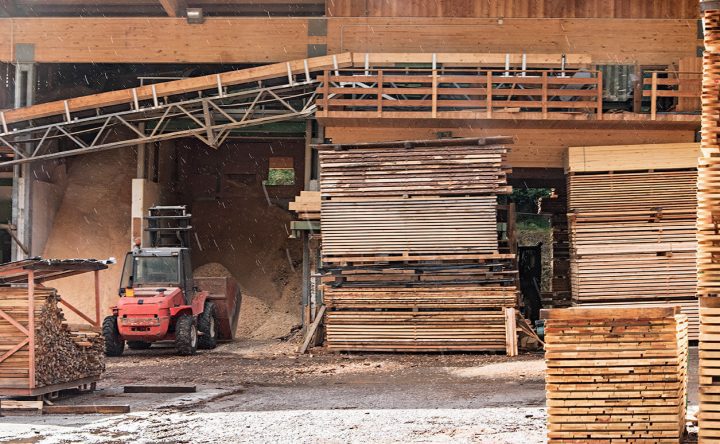In an effort to speed up much-needed homebuilding, Canada aims to bring back a tool that was last used in the post-war housing crisis.
News in
Canada’s Caribou Conservation Goals and Woodland Management
One of the world’s biggest softwood lumber producing countries is in the midst of a major conservation effort that could place some Canadian fiber off limits to harvesters. Canada is taking steps to preserve boreal caribou habitat through provincial conservation plans.
Canada’s Record Wildfires had Limited Impact on Lumber Supply
The 2023 wildfire season in Canada was vast and voracious. The amount of forested acres that burned this year was by far the largest ever recorded at 45.7 million acres. That represents a total land mass that is bigger than the state of Missouri that went up in smoke this year alone.
U.S. Lumber Imports from Europe Hold Strong
US imports of lumber from Europe have risen this year so far, defying many analysts’ expectations for overseas supplies to decrease due to falling demand, weaker prices and the Russia-Ukraine conflict.
Frame of Reference for Revamped Lumber Futures
Futures markets involve speculation about the future, spot markets deal with the present. They often differ from each other, but when the future finally arrives and the contracts near expiration, futures must converge with spot to function as a practical hedging tool. The legacy contract has done that.
Wildfires Rage in Canada
Canada’s wildfire season roared through spring and has already burned the largest amount of land ever recorded in a year. By late-June—with several months of wildfire season left to go—the burned area exceeded the full-year record made in 1995, according to Canadian Interagency Forest Fire Centre Inc. (CIFFC) data. Canada’s typical wildfire season peaks in July and fizzles out by October.
FEA Improves Accuracy of European Import Data
Forest Economic Advisors has recalculated US lumber import data from Europe after discovering an industry-wide miscalculation. The difference is large—likely over 1 billion board feet (BBF) in 2022—and explains a discrepancy between end-use market activity and US consumption that had left us scratching our heads for some time now.
CME to Launch Truckload-Size Lumber Futures in August
CME Group Inc. plans to replace its lumber futures contract with a smaller version that will be deliverable to Chicago rather than Western Canada, following two volatile years that lifted prices to record highs. This new truckload-size contract will be a quarter the volume of the current lumber futures, and is designed to attract more buyers and sellers to the market. The new physically delivered futures and accompanying options contracts are set to launch Aug. 8, pending regulatory approval from Commodity Futures Trading Commission.
Monthly Lumber Advisor
Learn more about this serviceAre you a subscriber? To access the latest issue, please log in.
No, the So-Called Trump Lumber Tariffs Will Not Threaten the Us Housing Recovery
We have received a slew of media inquires in the past week from reporters who were pushing the following storylines:
1. Donald Trump’s tariffs on lumber have caused prices to surge from about $300 per thousand board feet (MBF) to more than $600 per MBF.
2. Surging building materials prices pose a potentially mortal threat to the US housing recovery.
Our short responses to these storylines are as follows 1) that ain’t necessarily so, and 2) that’s hogwash.







